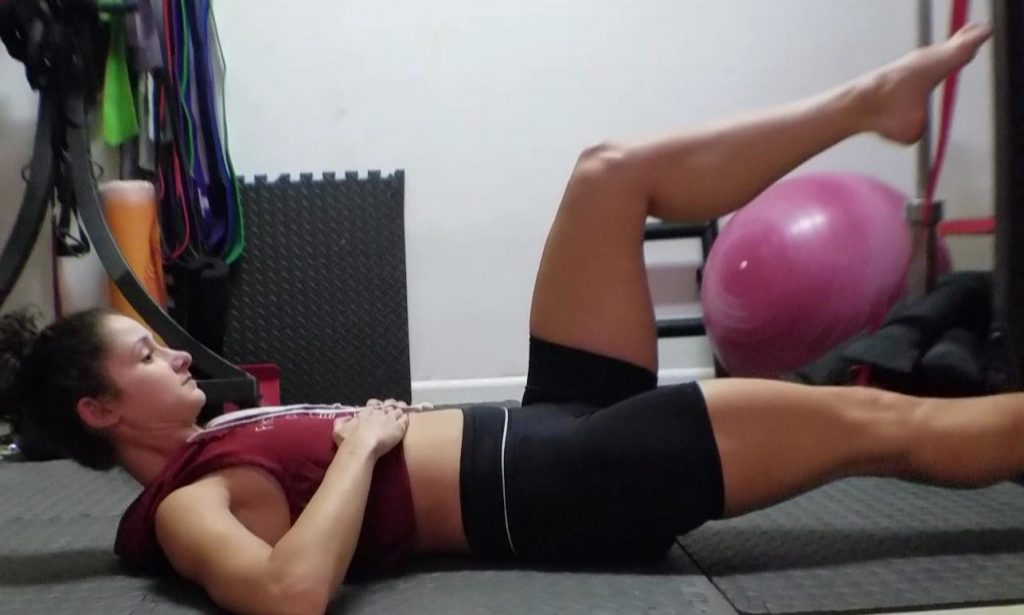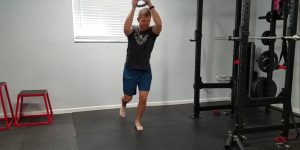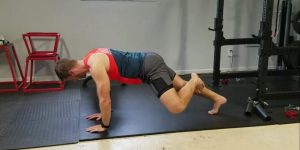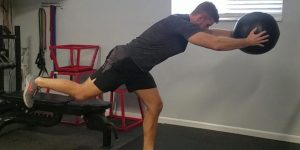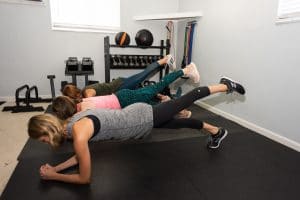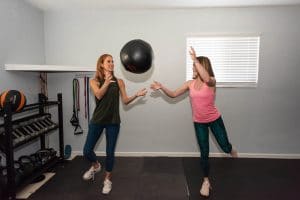Fix It Friday will feature common injuries/difficulties with a few tips to improve or prevent them! Especially applicable for all our dancers.
We are going back to the basics to ensure you have your core engaged properly!
Core work is something no one seems to skimp on in their programs. Though we like to engage the core in compound movements frequently, we still isolate & vary our core work regularly. It’s important that we are engaging it properly though. This video helps teach the proper brace maneuver. Regardless if you’re on your back, in plank positions, or standing, drawing your ribs down, posterior pelvic tilting, & not holding your breath is important to master!
Supine Brace: A ton of variable we can add to increase the difficulty on these exercises, but a great starting place is feet stay on the ground & ensure you can flatten the lower back with holds >30 secs. Once able try alternating knee marching with the brace, then move into variation the like the video.
Cat/Camel: We like to incorporate quadruped core work as well, but this is also a solid starting point to grove the posterior pelvic tilt (PPT) if having trouble. Once you master it, can hold a flat back & add arm or leg lifts as well.
Plank Shoulder Taps: A favorite move of ours. In all your plank work the goal is to limit your hip rotation/sway, keep your abdominal brace, then add any variations you want!
Make sure you master the abdominal brace then starting mixing some of these moves into your summer workouts!
To keep up with our vides, follow along here or on any of our social media platforms.
Scott DPT
#BeyondCrunchesandPilés

